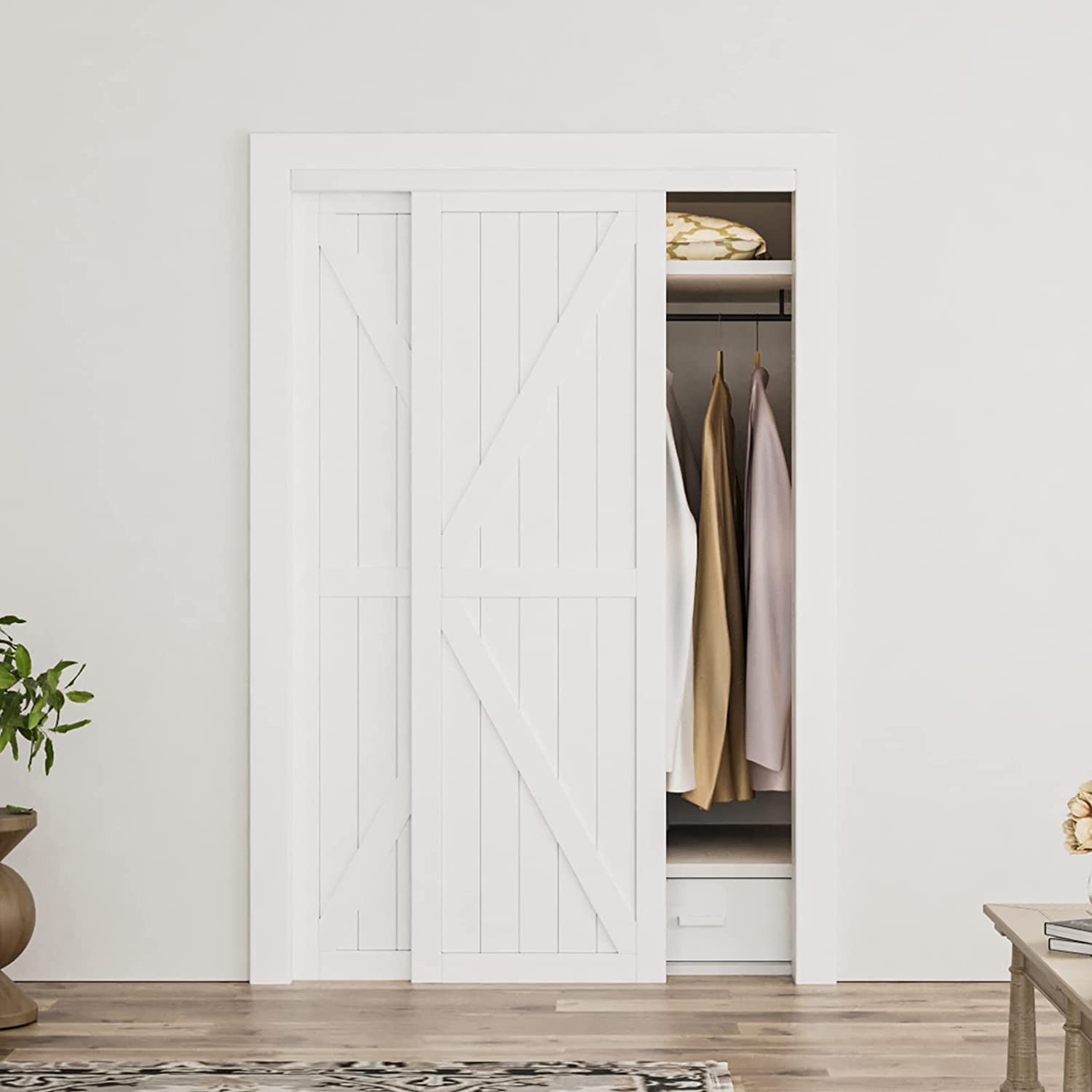

Articles
How To Lock Sliding Closet Doors
Modified: February 26, 2024
Looking for storage ideas? Learn how to lock sliding closet doors to keep your belongings safe and organized with these simple tips and tricks.
(Many of the links in this article redirect to a specific reviewed product. Your purchase of these products through affiliate links helps to generate commission for Storables.com, at no extra cost. Learn more)
Introduction
Sliding closet doors can be a convenient and space-saving addition to any home. However, there may be situations where you want to lock these doors, such as for added privacy or security. Luckily, with the right tools and techniques, you can easily install a locking mechanism on your sliding closet doors.
In this article, we will guide you through the step-by-step process of locking sliding closet doors. Whether you have children or valuable items you want to keep safe, implementing a lock will provide you with peace of mind and added security.
Before we get started, it is important to note that the specific steps and tools required may vary depending on the type of sliding closet doors you have. Be sure to read the manufacturer’s instructions and follow all safety guidelines when installing any lock on your doors.
So, let’s jump right in and discover how you can secure your sliding closet doors with ease!
Key Takeaways:
- Choose the right locking mechanism based on your needs – prioritize security or convenience. Consider key locks, sliding door loop locks, or sliding door security bars for your sliding closet doors.
- Measure, mark, and install the locking device carefully to ensure smooth operation. Test and adjust the lock to guarantee security and peace of mind for your sliding closet doors.
Read more: How To Fix Sliding Closet Door
Step 1: Choose the Right Locking Mechanism
When it comes to locking sliding closet doors, the first and most important step is selecting the right locking mechanism. There are various options available, each with its own advantages and considerations.
One of the most common types of locks for sliding closet doors is a flush-mounted key lock. This type of lock requires a key to open and close the door, providing a high level of security. However, keep in mind that you will need to carry the key with you whenever you want to access the closet.
If you prefer a more convenient option, you might consider a sliding door loop lock. This type of lock is installed on the inside of the closet door and can be easily operated by sliding a loop or bar into a receiving bracket mounted on the doorjamb. It is a popular choice for those who want quick and easy access to their closet while still maintaining some level of security.
An alternative to traditional locks is the use of a sliding door security bar. This versatile device is placed at the bottom track of the sliding door, effectively preventing it from being opened. It is an excellent choice for those who want a non-permanent locking option and can be easily removed when not in use.
Before making a decision, consider your specific needs and requirements. Do you prioritize maximum security or convenience? Are you willing to carry a key or prefer a keyless option? Taking these factors into account will help you choose the right locking mechanism for your sliding closet doors.
Once you’ve chosen the appropriate locking mechanism, you’re ready to move on to the next step: measuring and marking the correct placement for the lock.
Step 2: Measure and Mark
Now that you have your desired locking mechanism, it’s time to measure and mark the correct placement for the lock on your sliding closet doors.
Start by carefully examining your doors and identifying the most suitable location for the lock. Ideally, you want to position it where it can effectively secure the doors without interfering with their smooth operation.
Using a tape measure, determine the precise height at which you want to install the lock. Keep in mind that it should be easily accessible but out of reach of children if that is a concern. Mark the desired height on both the inside and outside of the sliding closet doors.
Next, you’ll need to determine the exact center of the door’s thickness. Measure the thickness at the desired lock height and mark the center point accordingly.
With these measurements and marks in place, you are now ready to proceed to the next step: drilling holes for the lock.
Step 3: Drill Holes for the Lock
Now that you have measured and marked the correct placement for the lock on your sliding closet doors, it’s time to drill the necessary holes.
Start by checking the instructions provided with your chosen locking mechanism to determine the required hole size. Gather the appropriate tools, including a drill and a drill bit that matches the recommended size.
Place a piece of masking tape over the drill bit to serve as a depth guide. This will help prevent drilling too deep and damaging the door or lock mechanism.
Position the drill bit on the marked center point and start drilling slowly and steadily. Apply gentle pressure and ensure that the drill is perpendicular to the door’s surface.
Once you have drilled the hole, remove the masking tape and repeat the process on the other side of the sliding closet door, ensuring that the holes are aligned with each other.
Once the holes are drilled, you can move on to the next step: installing the locking device.
To lock sliding closet doors, install a sliding door lock or use a wooden dowel in the track to prevent the door from being opened. You can also consider adding a hook and eye latch for extra security.
Step 4: Install the Locking Device
Now that the holes are drilled, it’s time to install the locking device to secure your sliding closet doors.
Start by inserting the appropriate component of the locking mechanism into each of the drilled holes on the doors. Make sure they fit snugly and align properly.
If you are using a key lock, follow the manufacturer’s instructions to insert and secure the lock cylinder. Ensure that it is positioned correctly and functions smoothly.
If you have opted for a sliding door loop lock, insert the loop or bar into the receiving bracket mounted on the doorjamb. Test its operation by sliding it back and forth, ensuring that it securely locks the doors in place.
For a sliding door security bar, adjust its length to fit snugly between the bottom track of the sliding door and the threshold. Ensure that it is securely in place and prevents the door from sliding open.
Once the locking device is installed, take a moment to test its functionality. Open and close the sliding closet doors several times to ensure that the lock engages and disengages smoothly.
If you encounter any issues or the lock does not function properly, consult the manufacturer’s instructions again or seek professional assistance.
With the locking device successfully installed, you can move on to the final step: testing and adjusting as needed.
Read more: How To Organize Closet With Sliding Doors
Step 5: Test and Adjust
After installing the locking device on your sliding closet doors, it’s important to thoroughly test its functionality and make any necessary adjustments.
First, test the locking mechanism by attempting to open and close the sliding doors. Ensure that the lock engages securely when you want to lock the doors and disengages smoothly when you want to unlock them.
Check for any signs of misalignment or resistance during the locking and unlocking process. If you encounter any issues, try adjusting the position of the locking device or double-checking the installation instructions to see if you missed any important steps.
If you installed a key lock, make sure the key turns smoothly in the lock cylinder without any excessive force or sticking. If needed, apply a small amount of lubricant to the key and lock mechanism to ensure smooth operation.
For sliding door loop locks, ensure that the loop or bar slides easily into the receiving bracket and holds the doors securely. If there is any difficulty or the lock is not providing sufficient security, adjust the position of the bracket or seek guidance from the manufacturer on proper installation.
If you opted for a sliding door security bar, test its strength and stability by attempting to push the doors open while the bar is in place. Ensure that it holds the doors firmly and prevents them from sliding open.
Lastly, make sure to retest the locking mechanism periodically to ensure it continues to function properly over time.
If you encounter persistent issues or are unsure about any aspect of the lock installation, it is recommended to consult a professional locksmith or seek assistance from the manufacturer for further guidance.
By testing and adjusting your newly installed lock, you can be confident that your sliding closet doors are secure and provide you with the privacy and peace of mind you desire.
Conclusion
Congratulations! You have successfully learned how to lock your sliding closet doors and enhance the privacy and security of your space.
Choosing the right locking mechanism, measuring and marking the correct placement, drilling the necessary holes, and installing the locking device are essential steps in the process. By following these steps and making any necessary adjustments, you can ensure that your sliding closet doors are effectively secured.
Remember to consider your specific needs and preferences when selecting a locking mechanism. Whether you opt for a key lock, sliding door loop lock, or sliding door security bar, each option offers its own set of benefits and considerations.
Regularly test and maintain your locking mechanism to ensure its proper functionality over time. Periodically check for any signs of wear, misalignment, or sticking, and address them promptly to maintain the security of your sliding closet doors.
If you are unsure about any step or encounter persistent issues, don’t hesitate to seek guidance from professionals or consult the manufacturer for further assistance.
With your sliding closet doors now securely locked, you can enjoy the peace of mind and privacy that comes with knowing your personal belongings are safe and protected.
Thank you for following this step-by-step guide, and we hope this article has been helpful in your journey to lock your sliding closet doors!
Frequently Asked Questions about How To Lock Sliding Closet Doors
Was this page helpful?
At Storables.com, we guarantee accurate and reliable information. Our content, validated by Expert Board Contributors, is crafted following stringent Editorial Policies. We're committed to providing you with well-researched, expert-backed insights for all your informational needs.
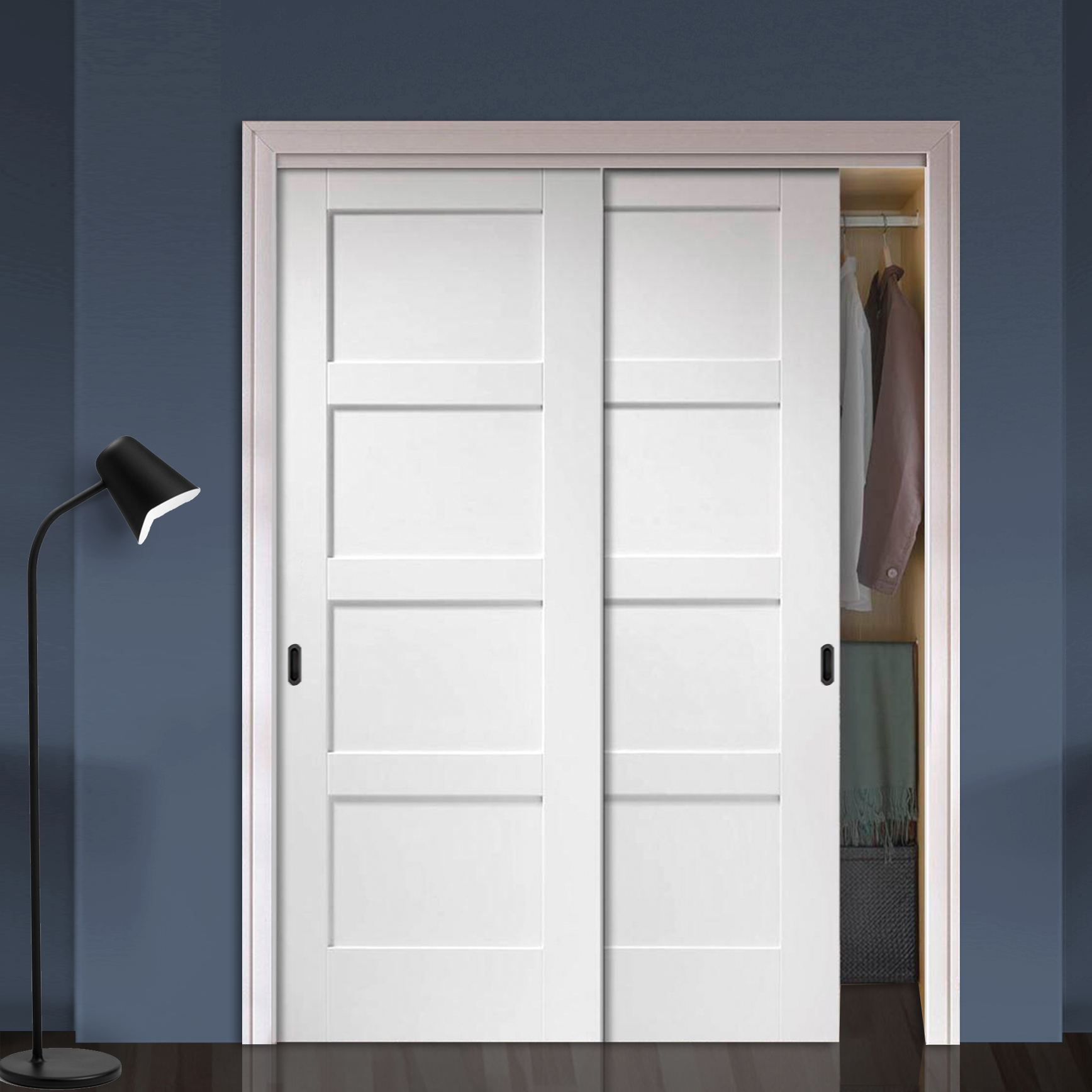
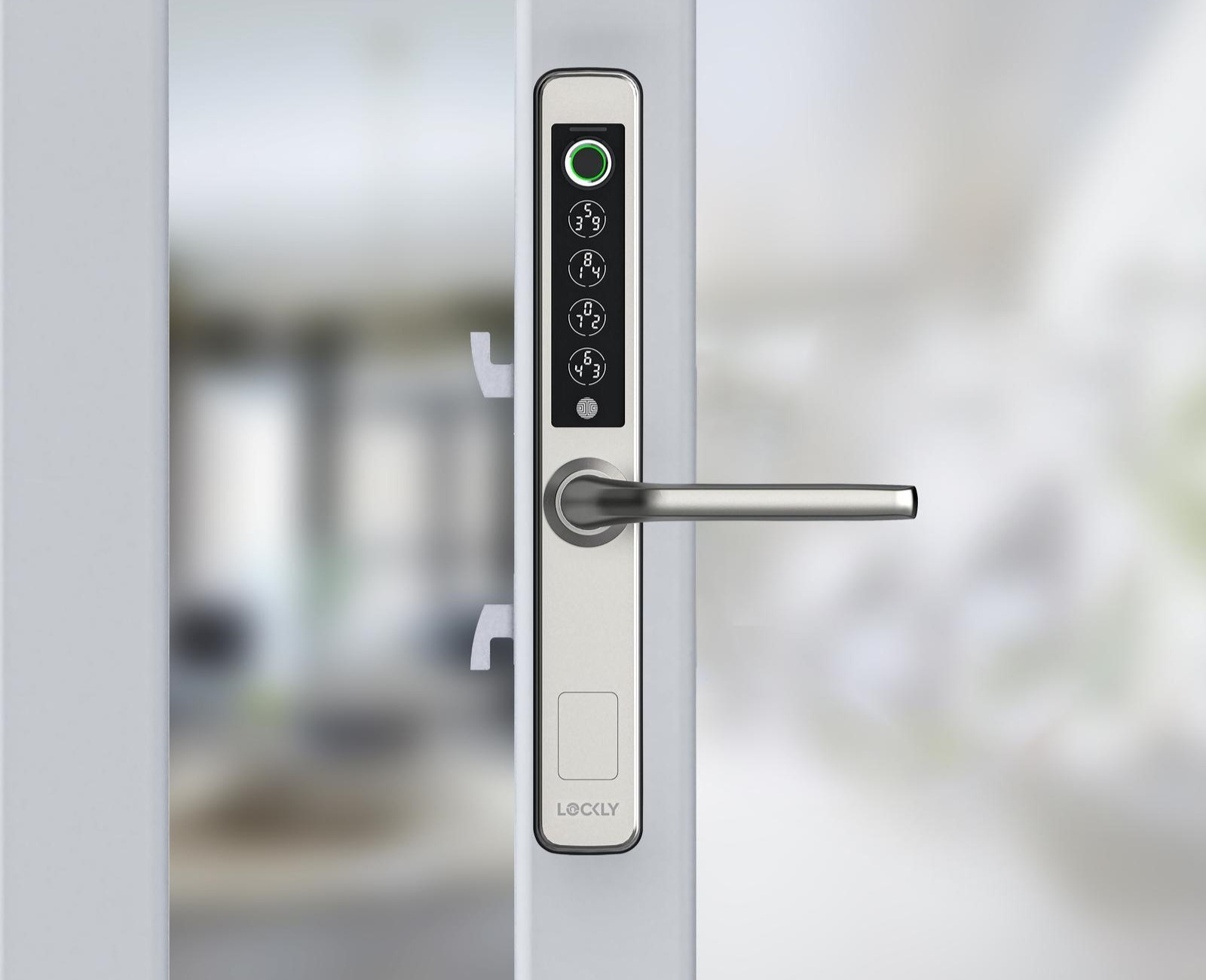
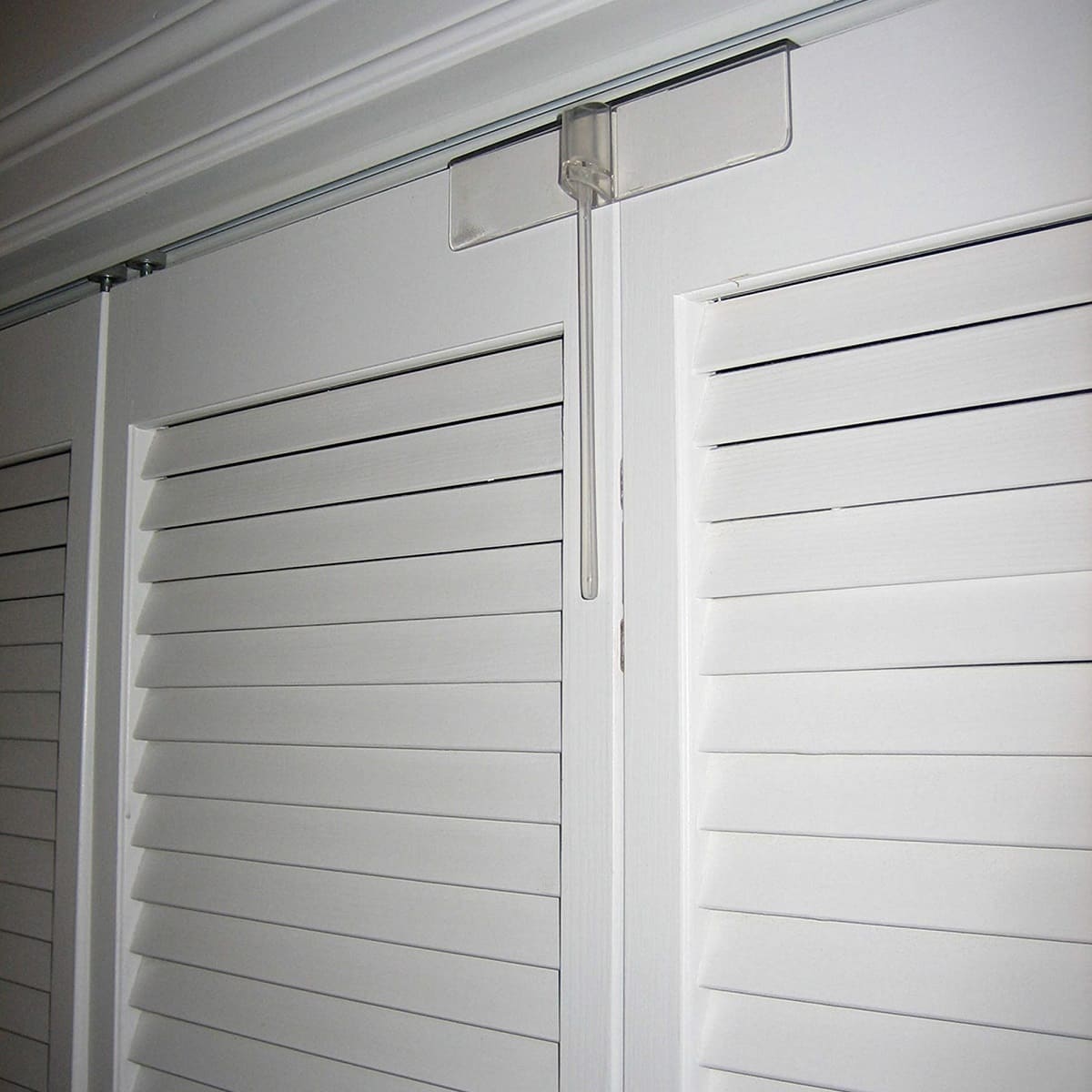
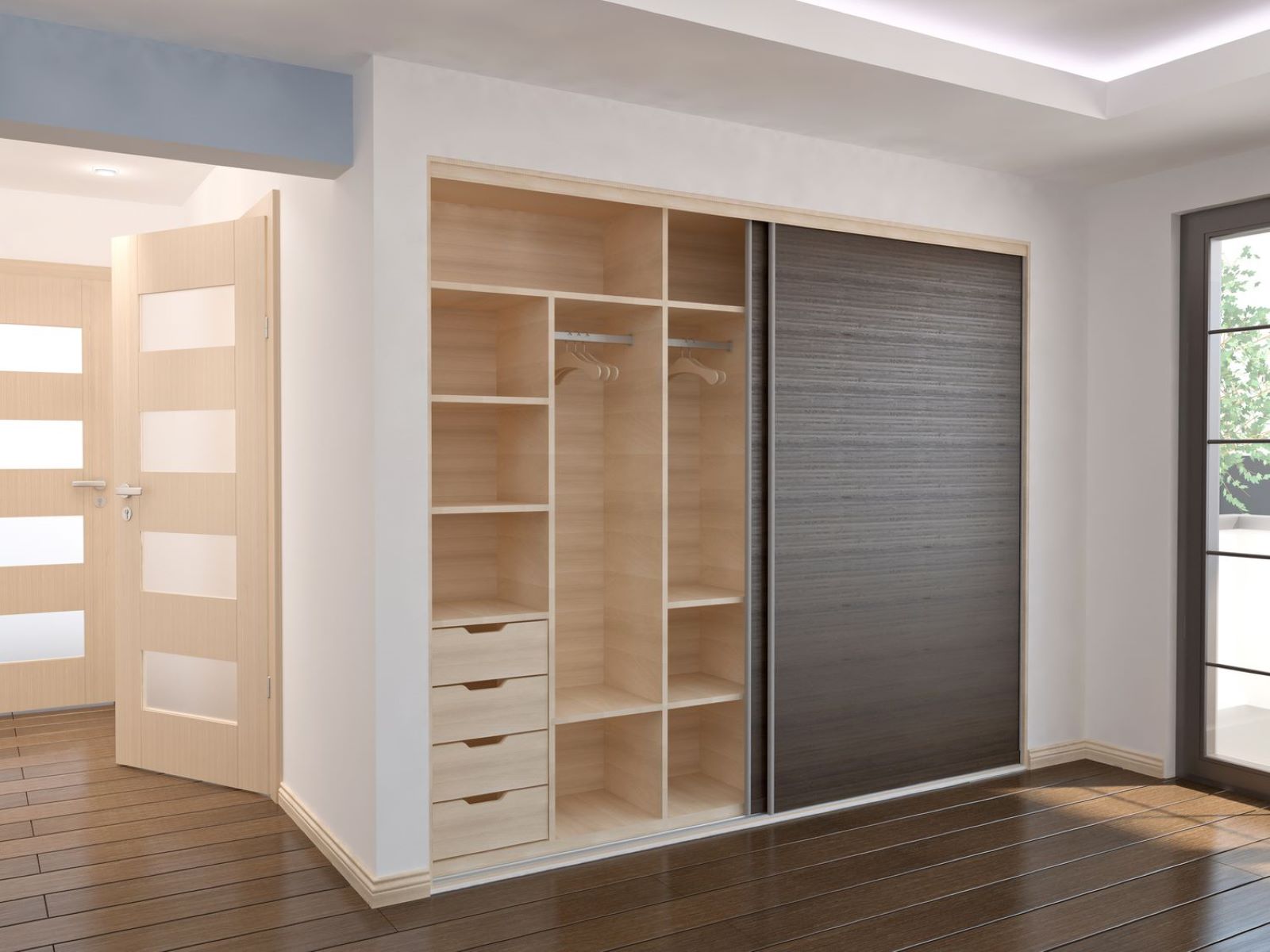
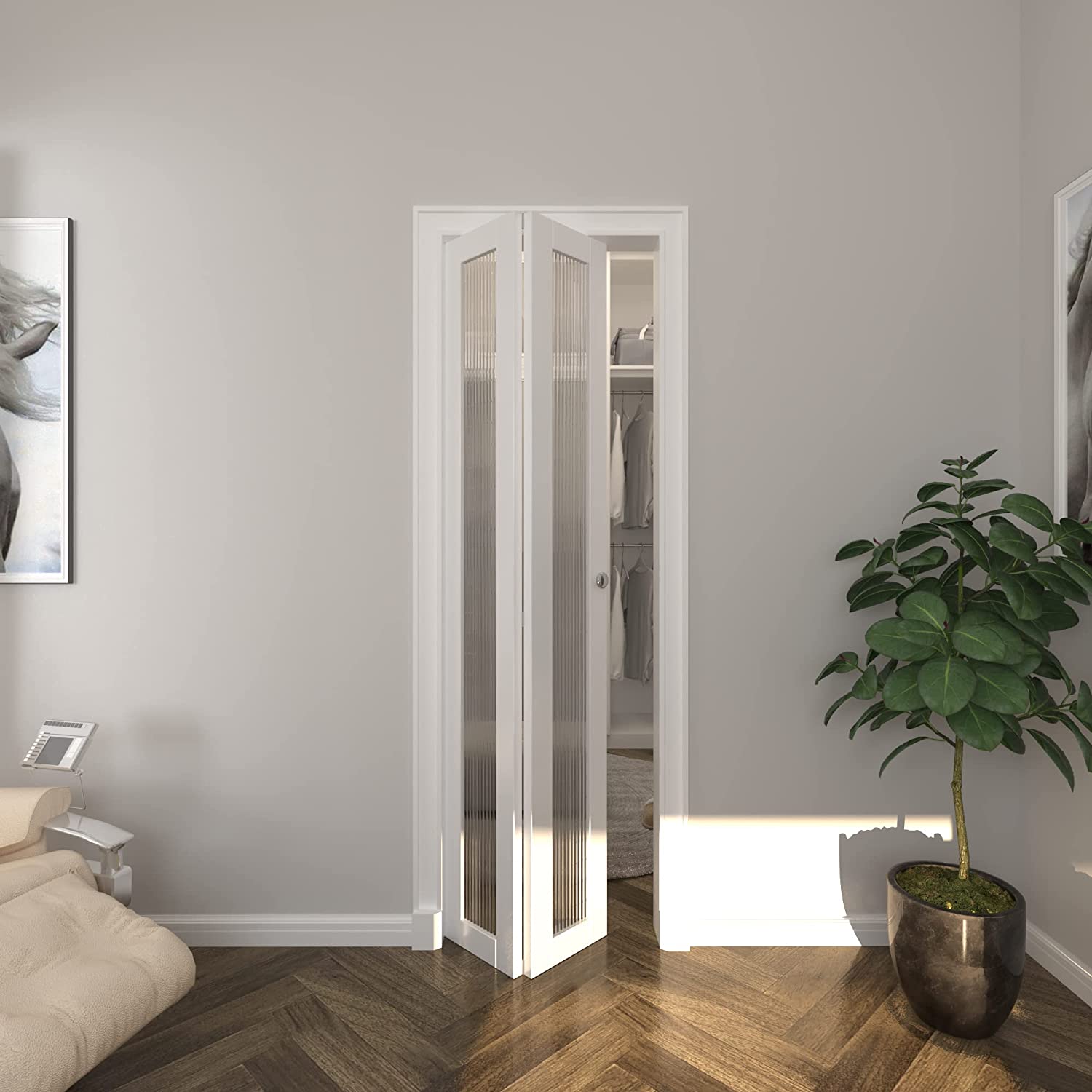
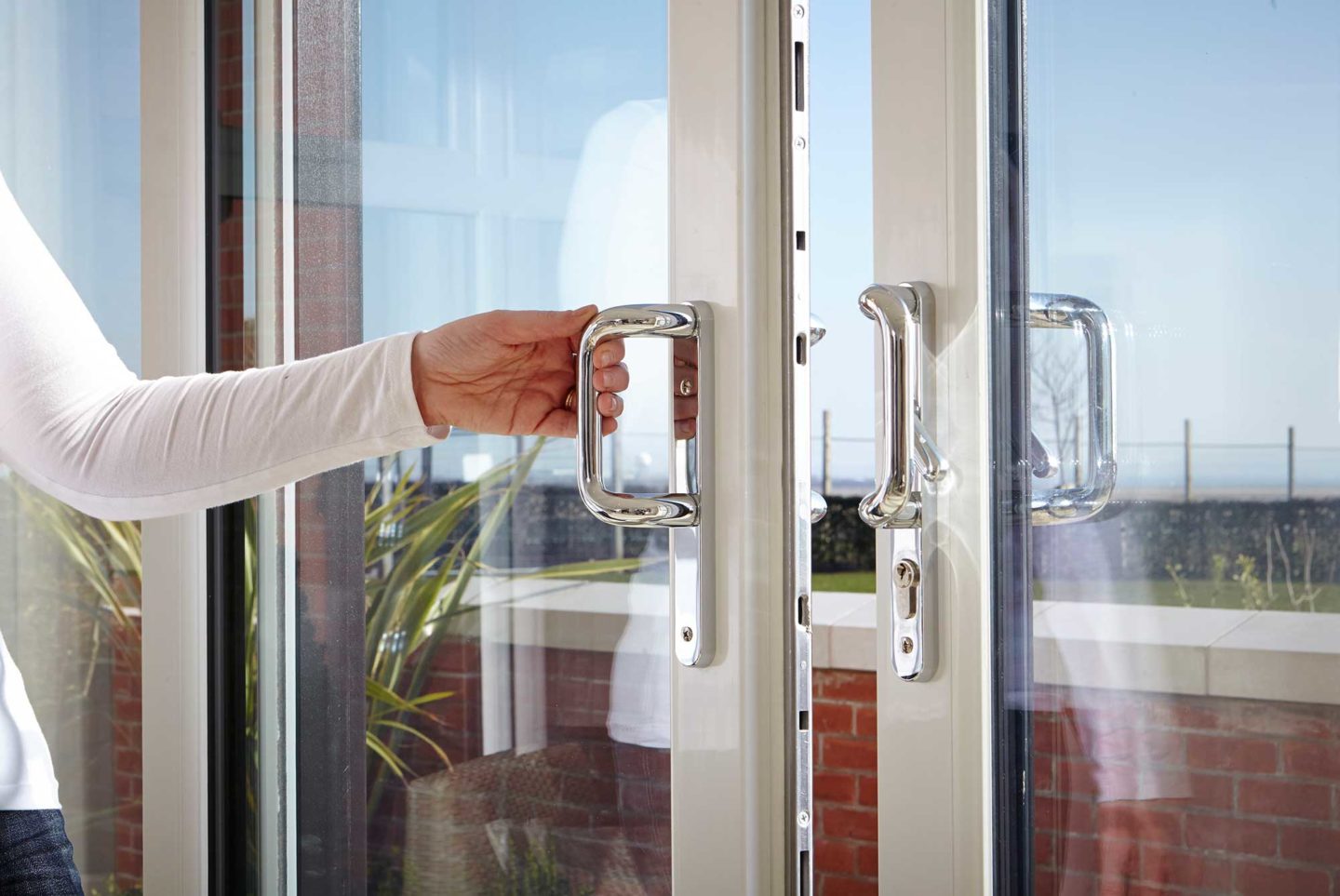
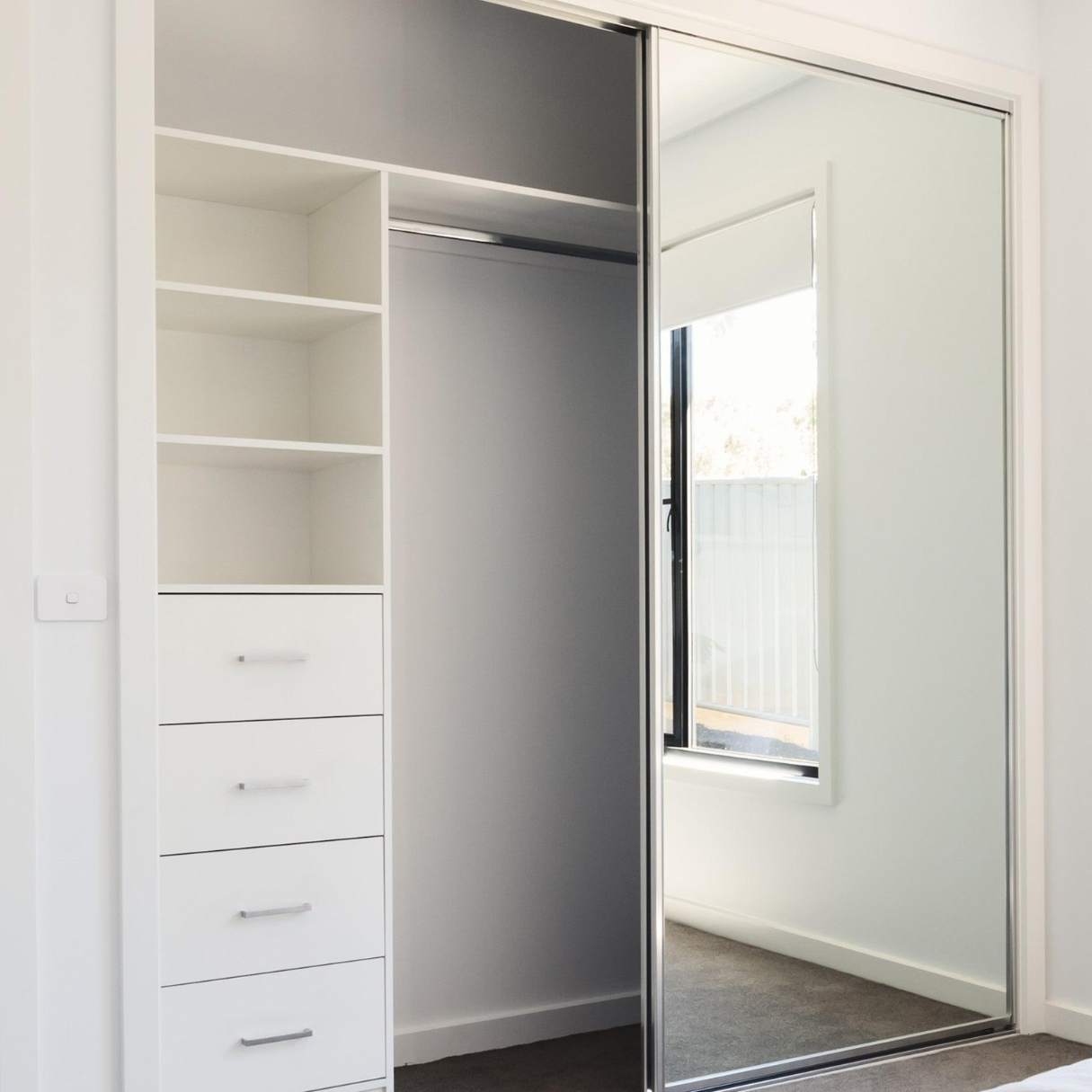
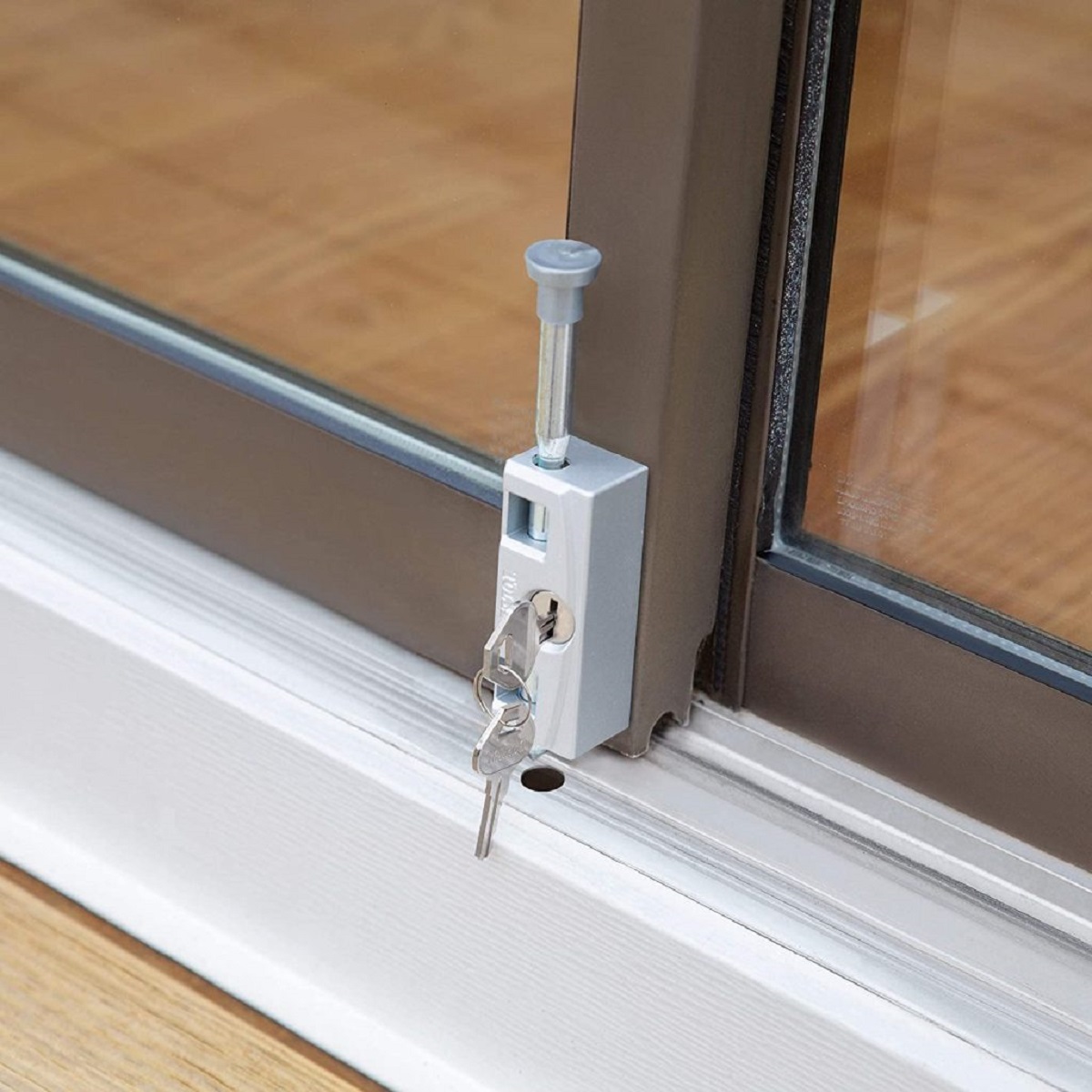
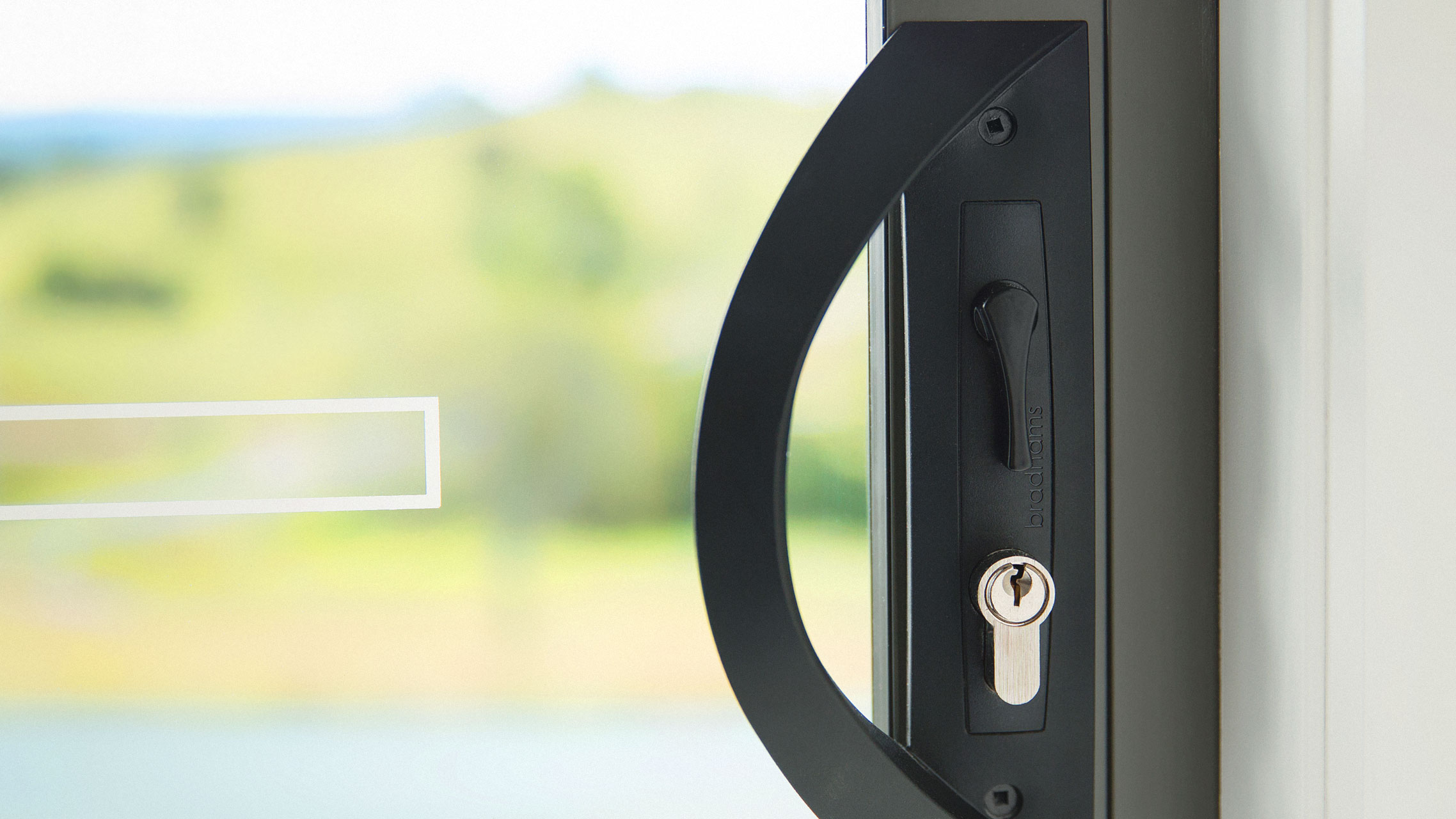
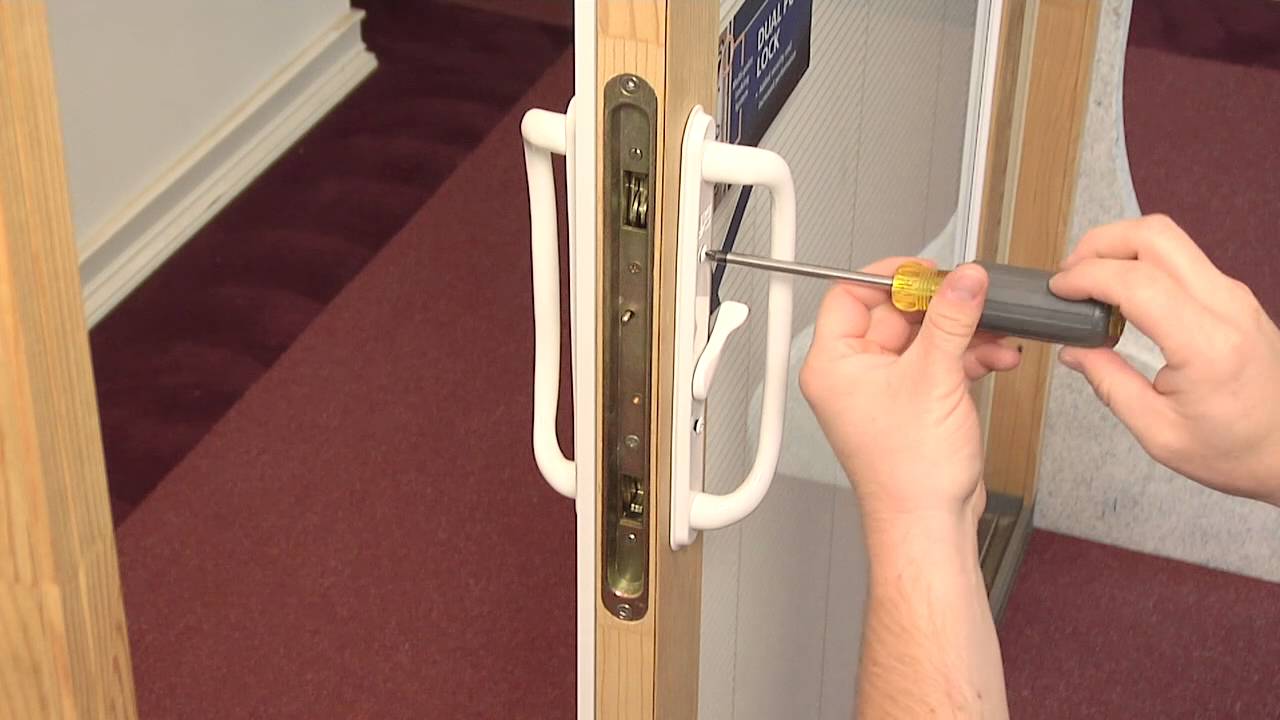
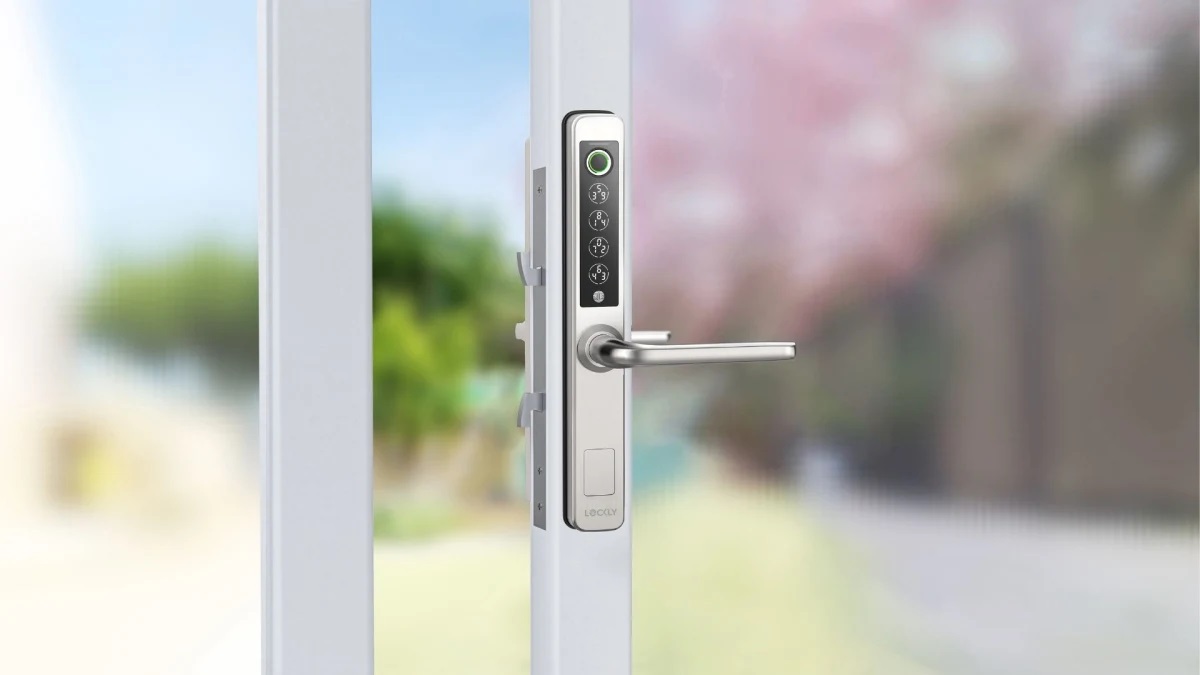
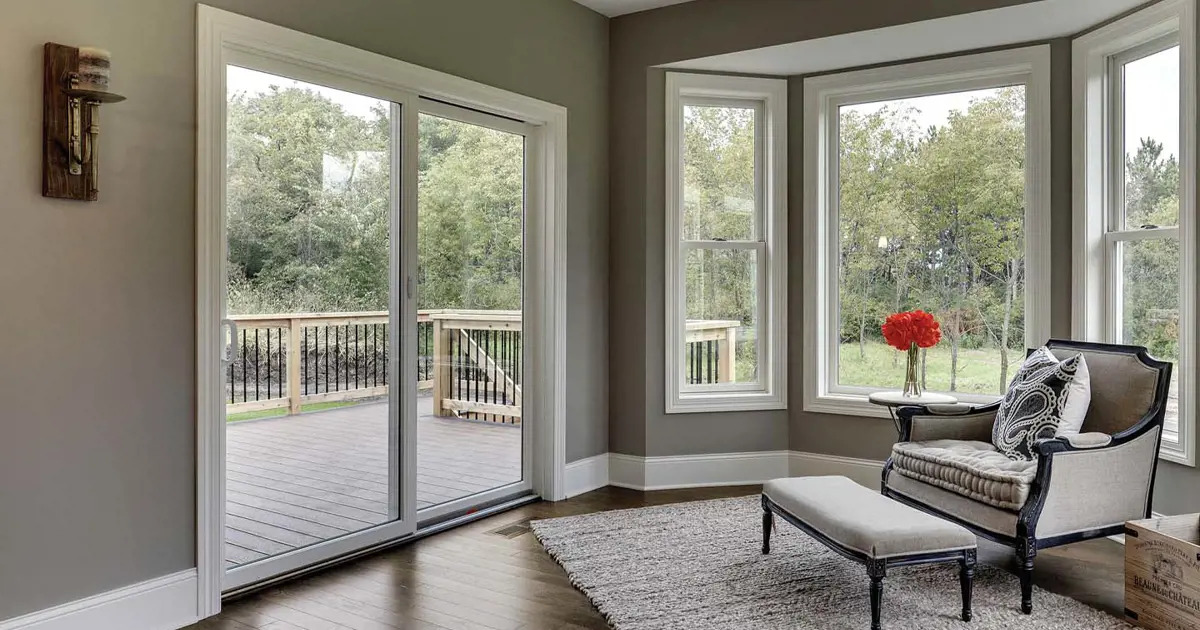
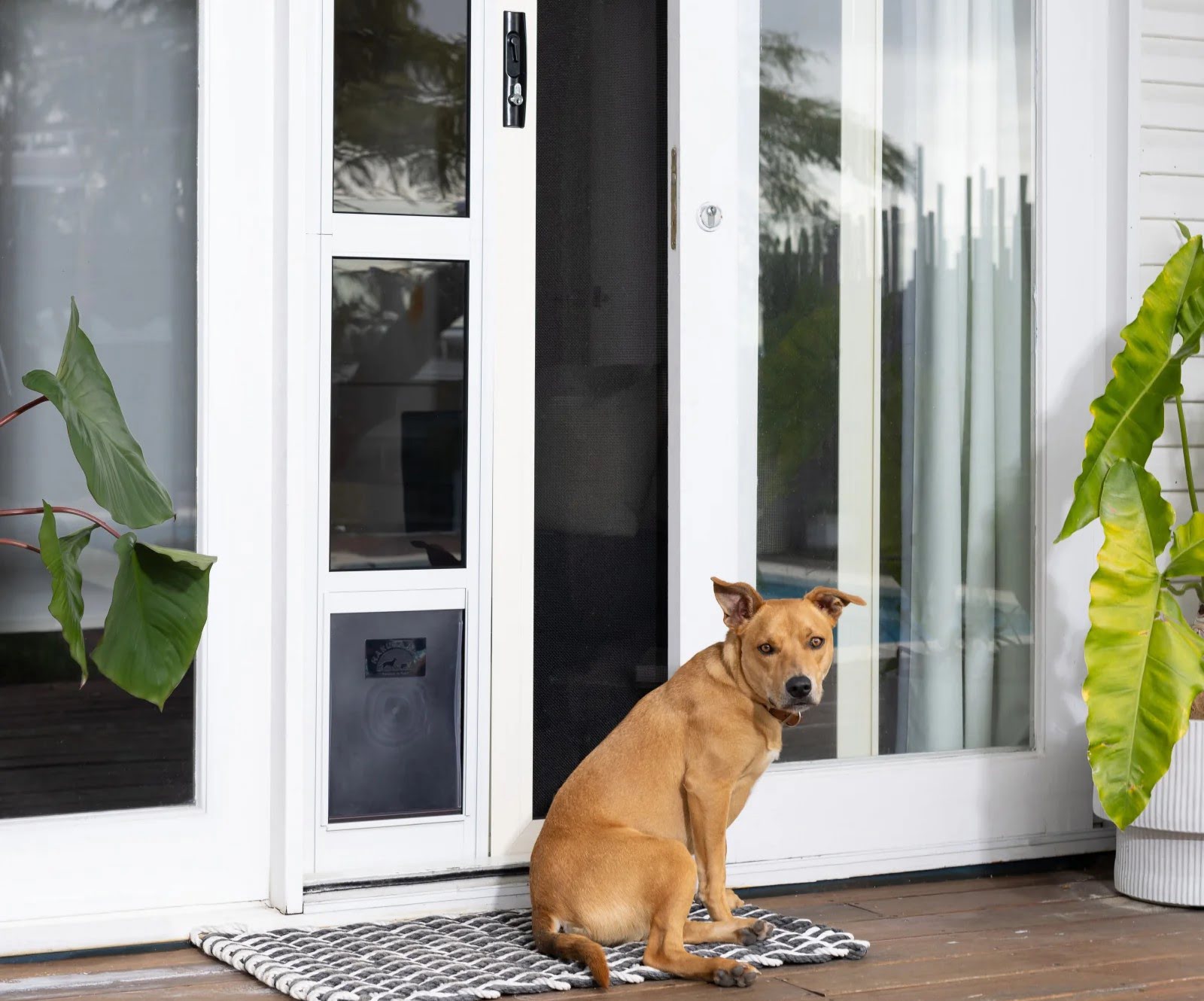
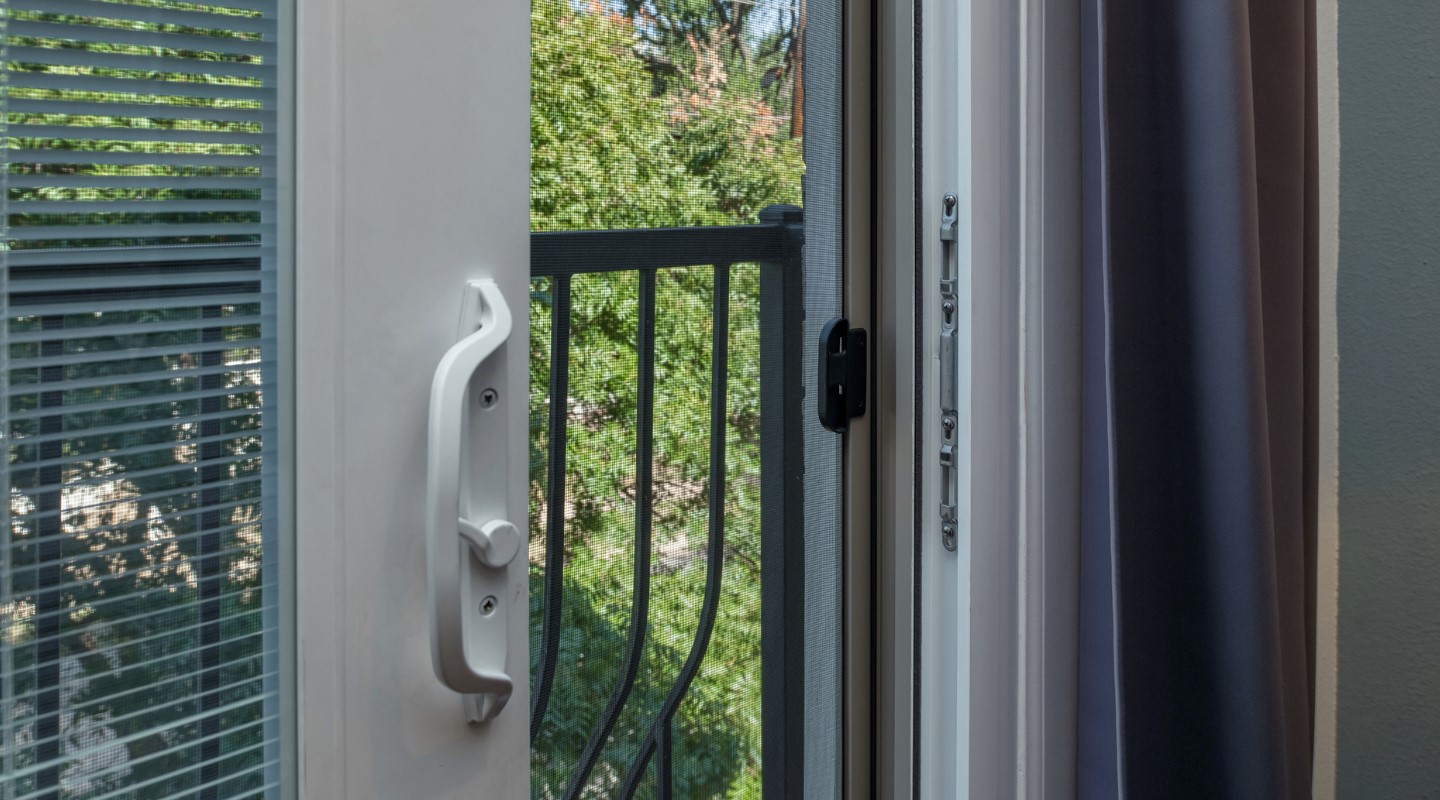

0 thoughts on “How To Lock Sliding Closet Doors”